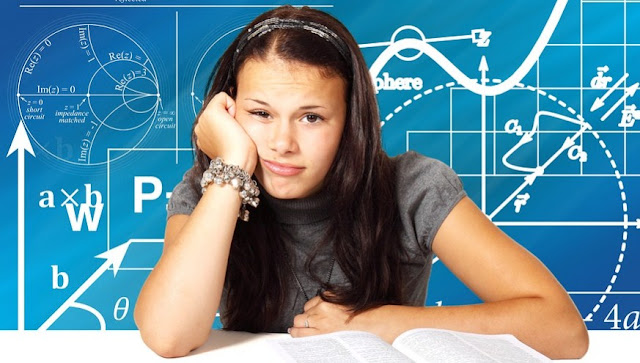 |
| Problematic Students |
The handling of the problematic students through a disciplined approach refers to the rules and Conditions (order) that apply in the school and its sankance. As one component of the school organization, the Rules (order) of students and their sanctions need to be enforced to prevent and overcome the occurrence of various students ' behavior irregularities.
Nevertheless, it is important to keep in mind that schools are not "legal institutions" who have to degrade sanctions to students who have impaired behavioral deviations. As an educational institution, the main importance is how to try to heal any irregularities of behavior that occurs in its students.
Therefore, this is where the second approach needs to be used is approach through guidance and counseling. In contrast to the disciplined approach that allows the sanction to produce a deterrent effect, the handling of problematic students through guidance and counseling precisely focuses on healing efforts using various services and techniques.
The handling of problematic students through guidance and counseling does not use any form of sanctions, but relies more on the quality of mutual trust between counselors and the troubled student, so that step by step students can understand and accept themselves and the environment, and can direct themselves in order to achieve better adjustments.
Tips for Handling Difficult Students are not as easy as we imagine, although there are many ways to make them better. Journal University will discuss it in detail according to the level of the problem the student is doing.
Visually, both approaches to handling problematic students can be seen in the following chart:
Handling Problematic Students
By looking at the picture above, we can understand that between the two approaches to addressing the problematic students, although it has a different way if viewed in terms of purpose is essentially the same as achieving self-adjustment or optimal development in the problematic students. Therefore, both approaches should run synergistically and complement each other.As an illustration, suppose in a school the case of a student is pregnant due to free association, while the school order expressly states for such cases, the student must be expelled.
If it relies solely on a disciplined approach, perhaps the action the school will take in attempting to call the parent/guardian of the student in question and the edges of the student are declared returned to the parents (other terms from issuing).
If you are without guidance and counseling intervention, then it is very likely that the student will leave the school with the new problems that can precisely make the situation worse.
But with the intervention of guidance and counseling in it, the student is expected to grow positive feelings and thoughts on the problem that befalls him, for example consciously accept the risks that occur, the desire to not try to disregard content that could harm himself or the fetus that it contains, the desire to continue the school, and other positive things, although the edges of the students still need to be
It should be underlined, in this case, it does not mean the master counselor who must encourage or even force the student to leave the school. The issue of issuing students is the authority of the principal, and the assignment of a Master counselor is merely helping students to gain happiness in their lives.
Furthermore, while the current paradigm of guidance and counseling services further promote preventive and developmental services, the guidance and counseling services of problematic students remain a concern.
Level of Problems in Students
In this case, it is important to remember that not all students 'problems should be handled by the teachers of BK (counselor). In this case, Sofyan S. Willis (2004) raises the level of problems with the mechanisms and officers handling them, as shown in the following chart:- Problems (cases) are mild, such as ditching, lazy, difficulty learning on certain fields, fighting with schoolmates, quarrel, drinking early-stage liquor, dating, stealing light classes. Mild cases are guided by the parents and teachers by consulting the principal (Counselor/mentor teacher) and holding a home visit.
- Moderate problems (cases), such as emotional disturbances, courtship, misconduct, inter-school fights, learning difficulties, due to disruption in the family, drinking mid-stage liquor, stealing moderate classes, doing social and Lassila disorders. The case is being mentored by the teacher BK (counselor), by consulting with the principal, expert/professional, police, teachers and so on. It can also be a case conference.
- Severe problems (cases), such as severe emotional disturbances, alcoholism, and narcotics, perpetrators of criminality, pregnant students, attempted suicide, fights with sharp weapons or firearms. A heavy case is performed referrals to psychology and psychiatrists, physicians, policemen, jurists who have previously performed case conference activities.
By looking at the explanation above, it is obvious that students ' handling problems through the guidance and counseling approach is not solely the responsibility of the counselor teachers in the school but may also involve other parties to jointly help students achieve optimal self-adjustment and personal development. (Photo: Pixabay)


